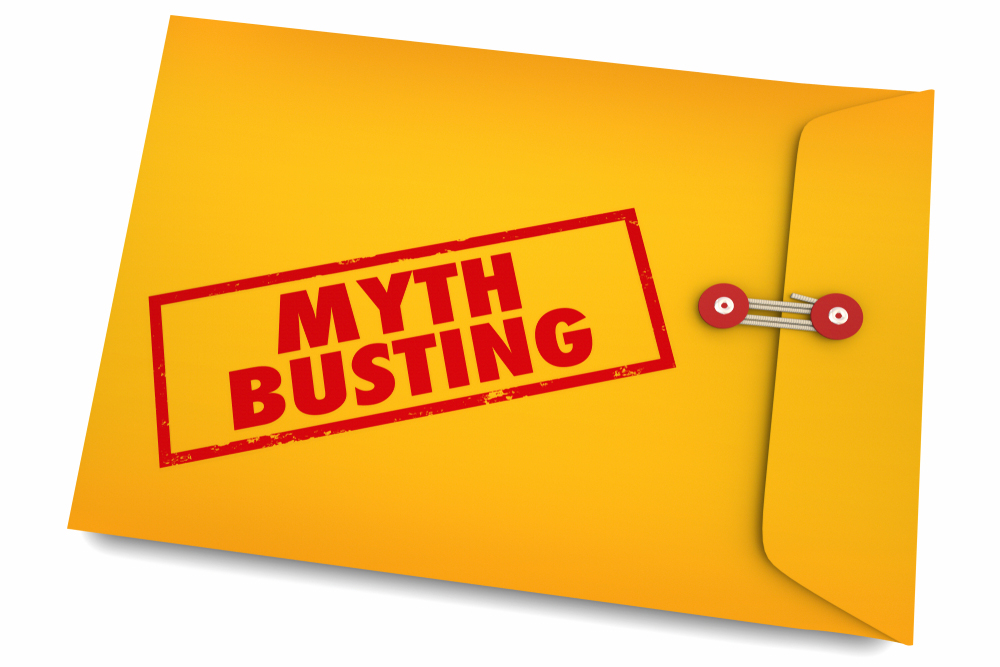Being in the midst of a pandemic can bring on anxiety and fear, even among people who are not normally prone to feeling anxious or overwhelmed. It’s easy to see how the situation we’ve all been dealing with can make us particularly susceptible to believing falsehoods—especially when everything about this is new for most of us and even the truth can seem strange.
The spread of misinformation can exacerbate fears and anxieties. It can also lead to people making irrational decisions or being irrationally angry with others. Unsurprisingly, this can cause problems in and out of the work environment. Workplaces have reported an increase in angry behaviors toward others, and some myths have ended up creating negative sentiment toward employees who others wrongly believe may have the virus.
Employers can take steps to combat the spread of misinformation and myths about COVID-19. Here are a few tips for employers:
- Provide reliable resources of factual information. Examples include the World Health Organization (WHO) and the Centers for Disease Control and Prevention (CDC). These organizations even have portions of their webpages designated to COVID-19, including information on scams and myths. Providing accurate information gives employees resources to turn to.
- Communicate frequently about the virus, the situation in your location, and what your team is doing about it and why. Be a source of reliable information.
- Communicate that there’s a lot of misinformation being circulated, and encourage employees to fact-check information they receive.
- Encourage employees to think critically about what they hear and ask questions if they’re not sure about something.
- Remind everyone in the organization about your antidiscrimination, antiharassment, and antibullying policies. These did not get put on hold in the pandemic. Some people are prone to blaming others, especially if someone got sick on your team. This situation has even prompted some racist sentiments to come out.
- Communicate to employees the steps you’re taking to protect them and how these actions will make a difference. Explain the basis for the actions, such as information from the CDC that supports the decision.
- Review all communications that are to go to a wide audience before sending to ensure there are no biases or unverified claims. Word choice matters.
- Train the management team and all leaders on these points—they’re often the primary point of contact for employees.
- Have a plan for handling any cases of the virus that emerge in the workplace, communicate that in advance, and follow it if such a situation occurs. This can help reduce knee-jerk reactions in the moment that could be based on misinformation.
- Be clear in communications about the known and unknown risks present in the workplace.
As we begin to reopen workplaces over the coming weeks and months, what else is your organization doing to ensure factual information, rather than myths and misinformation, is presented to employees?
Bridget Miller is a business consultant with a specialized MBA in International Economics and Management, which provides a unique perspective on business challenges. She’s been working in the corporate world for over 15 years, with experience across multiple diverse departments including HR, sales, marketing, IT, commercial development, and training.
The post Tips for Combating COVID-19 Myths Among Staff appeared first on HR Daily Advisor.
